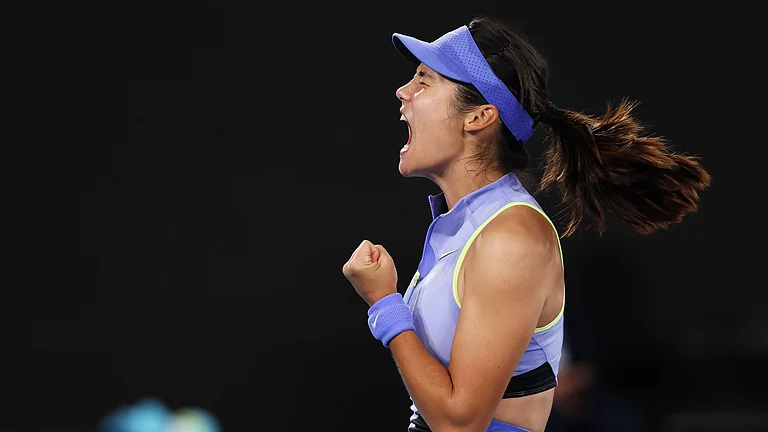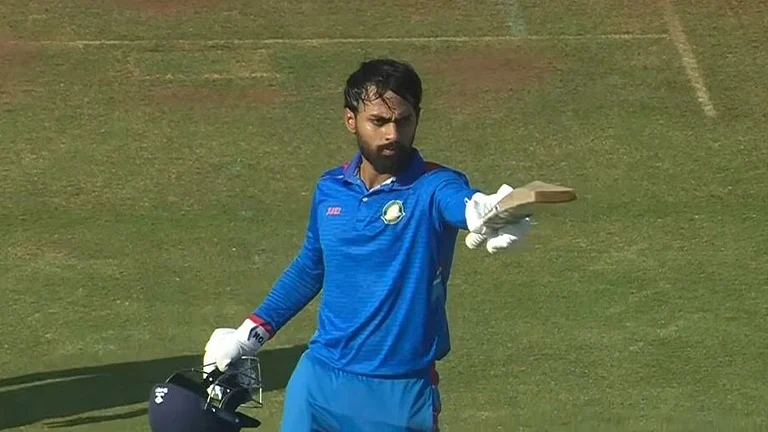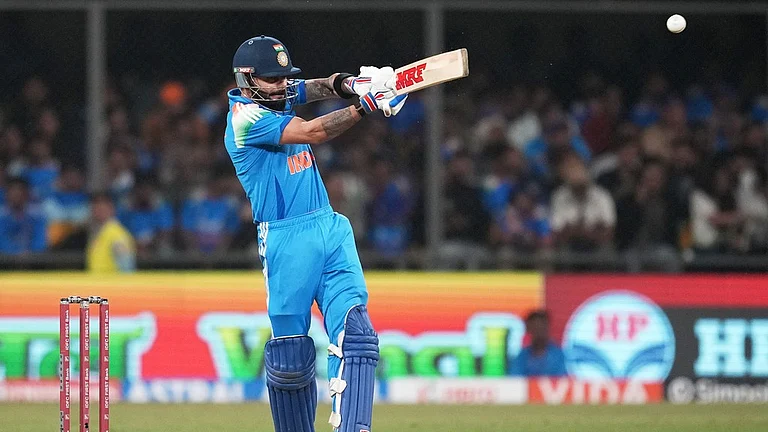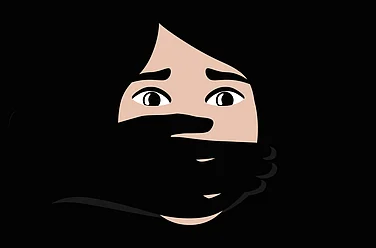Thoroughbred
I was no older than eight years. In the peak of summer, on a decidedly balmy evening, I sneaked out and made to the stables, where I saw, glistening in all her glory, our thoroughbred mare, all tacked up. Without thinking twice, I was riding into the fields. We continued venturing through the freshly harvested wheat and tilled fields. The unforgiving sun now looked like a perfect ball of orange in the distance. The ground started cooling, assisted by the breeze of promising monsoons. The mare gave in, and the trot became a gentle canter. Adrenalin reigned supreme as I saw her lustrous mane rising and falling in the breeze, flowing in a rhythm that can only be described as poetic.
We covered a decent distance among the mango and litchi trees. And then, as we cantered along, bang! The mare spooked and before I could realise it, she bucked. I was on my back, thankfully on soft, tilled soil. I wish I could make it sound braver than it was. As I fell, the mare stood her ground, silently. I dusted myself off and looked into her gentle, gleaming eyes. It’s in this moment that I fell in love with horses. Rather hopelessly!
Hunter & prey
As I rode back, I was astonished by the gentle nature of this beast that weighed at least six times my bodyweight and was infinitely stronger. Yet her kindness, forgiving spirit and empathy were overwhelming and replicated across the species. My experience was perhaps a small speck in the grand scheme of things, but it made me aware of the possibility of a strong, robust and somewhat unlikely bond between horse and human. Innately, we are hunters, and horses our prey. Yet the degree of trust, affection and love between us is astonishingly strong and legendary.

In a famous piece by Rabindranath Tagore, Brahma, the creator, summons his assistant. The process of creation is nearing its end. Elephants and pythons, whales and tigers, birds and humans have all been created. The assistant tells the creator that there is hardly any material left. Creating huge jaws, claws and big beasts has meant that there was nothing left of the ‘hard’ stuff. The creator contemplates and summons the soft stuff—the sky and air. The creator spent much time thinking of this species, he gave him neither claws nor horns. No sharp teeth either, and thus the horse was created. Tigers and lions were given jungles to live in, whales and sharks the ocean. The horse got an open field. The creator thought others run to hunt or to escape being hunted, but the horse runs because it wants to. And hence, this animal became the symbol of freedom, staying true to its material of creation.
Horses have been depicted for centuries in paint and print. In fact, they feature prominently even in prehistoric paintings as old as the ones in Lascaux. Renaissance art is dotted with a number of horses painted in motion. The most famous perhaps is the larger-than-life Whistlejacket by George Stubbs, taking a prime spot in the National Gallery, London. The horse, with its front legs in air, is truly captivating and remains one of the most technically accomplished paintings.
Steeds of yore
Aeiron, the immortal horse, plays a pivotal role in Greek mythology. Shakespeare used horses as metaphors as well as characters. In the battle scene, Richard III exclaims, “A horse, a horse, a kingdom for my horse!” Black Beauty, the saga of the prized racehorse, has captured the literary world for generations. More recently, War Horse is a tribute to the role they played in the war years. The tragic story of Shergar, a prized race horse that disappeared, is full of speculation and mystery. In Indian mythology, Uchchaihshravas, the seven-headed horse, was born out of the churning of the oceans and was known for its agility, grace and power.
The bond between humans and horses is an exceptional one. Chetak, Maharana Pratap’s steed, lives in memory for its loyalty and valour. Rani Lakshmibai’s horse, Badal, is similarly remembered for its service and love, and has carved a niche in history.
As Churchill said, “No time is wasted spent in the saddle.” For decades now, I have found incomparable love and trust, adventure and thrill, calmness and solitude with these amazing animals. Bonding with a horse is truly one of the biggest delights. This, perhaps, is the closest one comes to having wings, and how!
(This appeared in the print edition as "EQUINE Diary")
Vishavjeet Chaudhary is barrister-at-law (Inner Temple), master of laws (Cambridge)
























